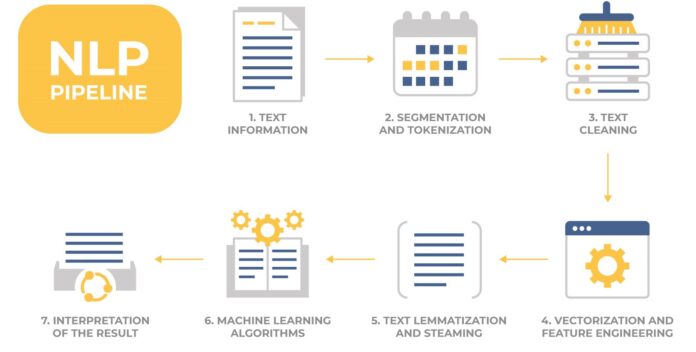Deep learning has revolutionized the field of natural language processing, enabling us to analyze and understand language in ways that were once thought impossible. Deep learning algorithms have been developed that can perform a wide range of natural language processing tasks, from language translation and sentiment analysis to speech recognition and chatbot development.
One of the most important aspects of deep learning for natural language processing is its ability to learn from data. Unlike traditional rule-based approaches, deep learning algorithms can learn the underlying patterns and structures in language data, allowing them to perform tasks with greater accuracy and efficiency. In this blog post, we will explore some of the deep learning algorithms that are commonly used for natural language processing tasks.
- Convolutional Neural Networks (CNNs)
CNNs are a type of deep learning algorithm that have been widely used for image recognition tasks, but they are also highly effective for natural language processing tasks. CNNs use a hierarchical approach to learn features from the input data, and they can be applied to text data by treating each word or character as a separate input channel. CNNs have been used for tasks such as text classification, sentiment analysis, and named entity recognition.
- Recurrent Neural Networks (RNNs)
RNNs are another type of deep learning algorithm that are commonly used for natural language processing tasks. Unlike CNNs, which process input data in parallel, RNNs process input data sequentially, allowing them to capture the context and dependencies between different parts of the input. RNNs have been used for tasks such as language modeling, speech recognition, and machine translation.
- Long Short-Term Memory Networks (LSTMs)
LSTMs are a type of RNN that are designed to address the problem of vanishing gradients, which can occur when training deep neural networks. LSTMs use a memory cell to store information about the input data, which can be selectively updated or forgotten based on the input and the previous state of the cell. LSTMs have been used for tasks such as language modeling, speech recognition, and sentiment analysis.
- Transformer Networks
Transformer networks are a relatively new type of deep learning algorithm that have achieved state-of-the-art results on many natural language processing tasks. Transformers use a self-attention mechanism to capture the dependencies between different parts of the input, allowing them to process input data in parallel. Transformers have been used for tasks such as machine translation, language modeling, and text generation.
In conclusion, deep learning algorithms have revolutionized the field of natural language processing, enabling us to perform tasks with greater accuracy and efficiency than ever before. Convolutional neural networks, recurrent neural networks, long short-term memory networks, and transformer networks are just a few of the deep learning algorithms that are commonly used for natural language processing tasks. As natural language processing continues to evolve, it is likely that we will see even more sophisticated deep learning algorithms being developed to handle increasingly complex language processing tasks.





